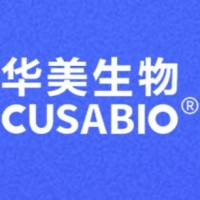The inability of conventional gel electrophoresis to separate DNA molecules exceeding 50 kb in size led to the development of pulsed-field gel electrophoresis (PFGE) by Schwartz et al, (1 )in 1982. He introduced the concept of applying two alternating electric fields (i.e., pulsed-field) to separate DNA molecules greater than 50 kb embedded in an agarose gel matrix. Since then, many instruments based on this principle have been developed. For a discussion of various pulsed-field applications, see review articles by Lai et al. (2 ) and Cr�t� et al. (3 ). It was shown that, under the influence of an electric field, a DNA molecule embedded in a gel matrix undergoes reorientation, elongation, and migration along the field toward the anode. When a second field is applied in an alternate direction, the DNA molecule must reorientate, elongate, and migrate along the direction of the new field. Larger DNA molecules will take longer to reorientate than smaller molecules; therefore the larger ones spend less time migrating down the gel than the smaller per pulse time. Consequently, larger DNA molecules will appear near the origin while the smaller molecules will migrate furthest. This principle becomes important when different fragment sizes of DNA are to be separated. PFGE has become an important tool for determining genome sizes, physical mapping of the chromosome, and localization of genes on the chromosome of prokaryotic micro-organisms.






